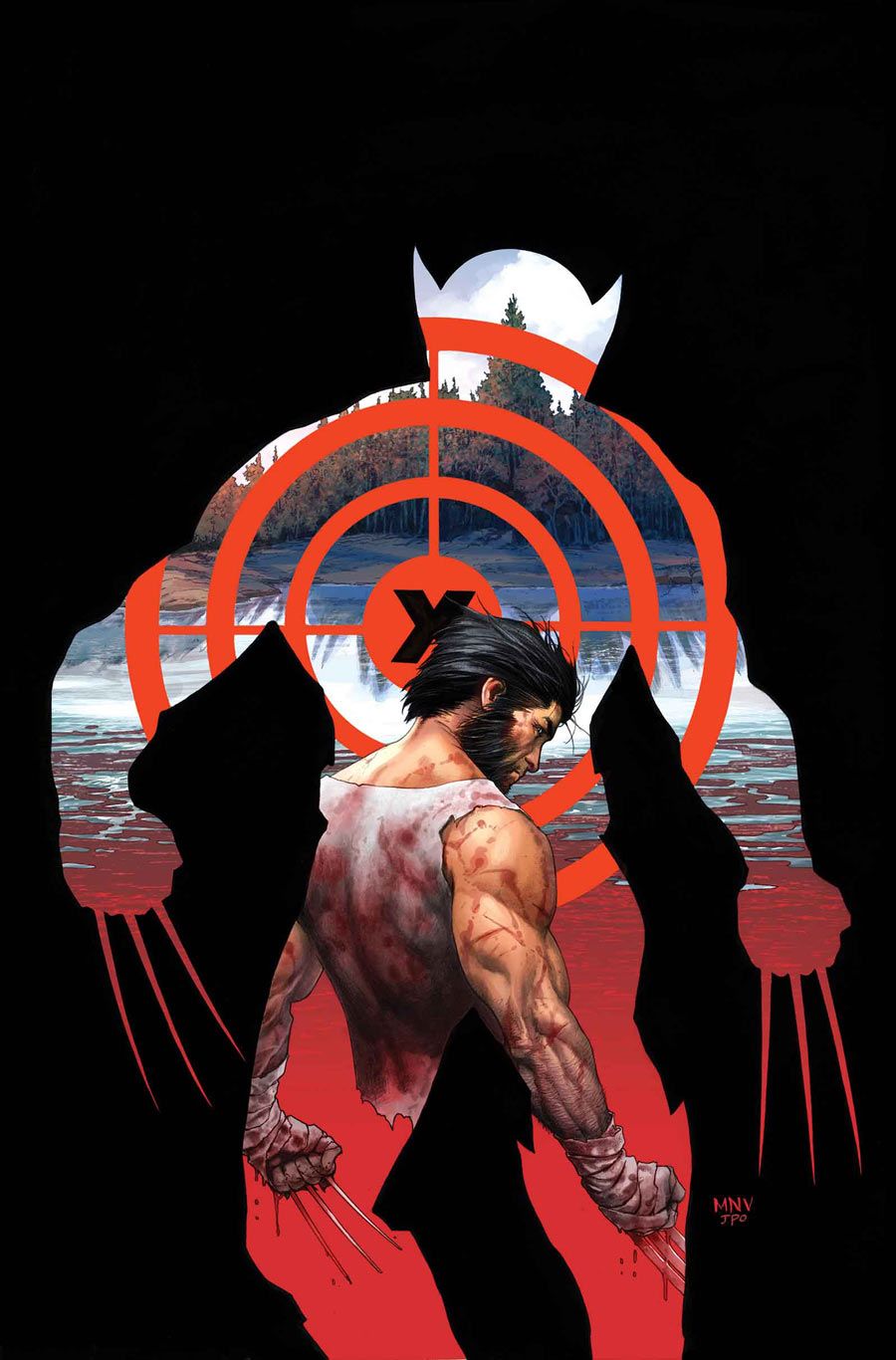His healing factor may be gone, but Wolverine is just as lethal as ever in Charles Soule, Steve McNiven and Jay Leisten's "Death of Wolverine" #1. Although the title of this miniseries touts his inevitable end, Logan puts up one hell of a fight in -- befittingly -- his Canadian homeland when he learns the source behind this latest series of attacks. Soule, McNiven and Leisten play it safe while showing just how Wolverine is the best he is at what he does; "Death of Wolverine" is extremely accessible to new readers, smoothly reasserting Logan's enduring stubbornness for a highly enjoyable -- if ultimately unmemorable -- ride.
Structurally, Soule and McNiven tell a solid tale. Soule uses the narration and dialogue sparingly, as is appropriate for a character like Wolverine. In fact, he dedicates the narrative boxes to describing Logan's senses -- chiefly, smell, sound and pain -- as a clever, succinct device that feels unique to the character. Letterer Chris Eliopoulos opts to mark each sense with a different colored box, marking a further distinction between the ways Wolverine thinks as he ticks through his physical sensations. This tool is simple but extremely effective throughout the issue. Similarly, Soule uses an old acquaintance of Wolverine's to provide a small dose of exposition, which works its way naturally into the story and makes the arc new-reader-friendly. The scene also lends itself to the way Logan's body seems to be rebelling against everything that made him Wolverine, resulting in an interesting, introspective look into his unique form of heroism.
What's more, with its careful dialogue, Soule and McNiven -- with help from inker Jay Leisten -- rely on the artwork to speak for itself. If a picture is worth a thousand words, McNiven's work here speaks volumes. For instance, the opening splash page gives credence to Wolverine's reputation in utter silence, but McNiven's knack for detail and use of perspective further embellishes his storytelling skills. Through their collaborative effort, the issue serves as a reminder of Wolverine's character in sum, ardently showing -- rather than telling -- readers his personality in one, fast-paced swoop. Many such scenes are dealt with a touch of subtly, overlaying text with an often conflicting image, which organically reveals his trademark gruff, stubborn nature with occasional hilarity.
Likewise, Justin Ponsor uses bright, clean colors for this issue despite its dark title, effectively putting Wolverine out in the open. Wolverine is not one to cower in the shadows, and Ponsor emphasizes his fearlessness by leaving him exposed to the harsh light of day.
Although the story is notable and well executed, it is also one that's been done many times before. Again, this issue works almost as a reintroduction of Wolverine, which will certainly be inviting to people jumping on for this event. However, for longtime fans, this is nothing new; Soule and McNiven don't take any risks here, pitting Wolverine against some hefty odds and an old foe while he stubbornly flies in the face of an acquaintance's advice. Of course, they have plenty of time to turn this around in upcoming issues, but the miniseries comes in only four parts, meaning that a whole quarter of the story doesn't provide anything groundbreaking quite yet; additionally, despite its impressive length, the issue is only about two pages longer than an average one, which allows Soule and McNiven less wiggle room in which to turn this around. So far, this reads like an average, run-of-the-mill Wolverine story, albeit one where the reader already knows the inevitable outcome.
In "Death of Wolverine" #1, Charles Soule, Steve McNiven, and Jay Leisten provide a solid overview of Wolverine as a character -- no more, no less. Well written, wonderfully drawn, the issue is beautiful and brutal all at once but its story lacks a certain oomph to drive it home.

